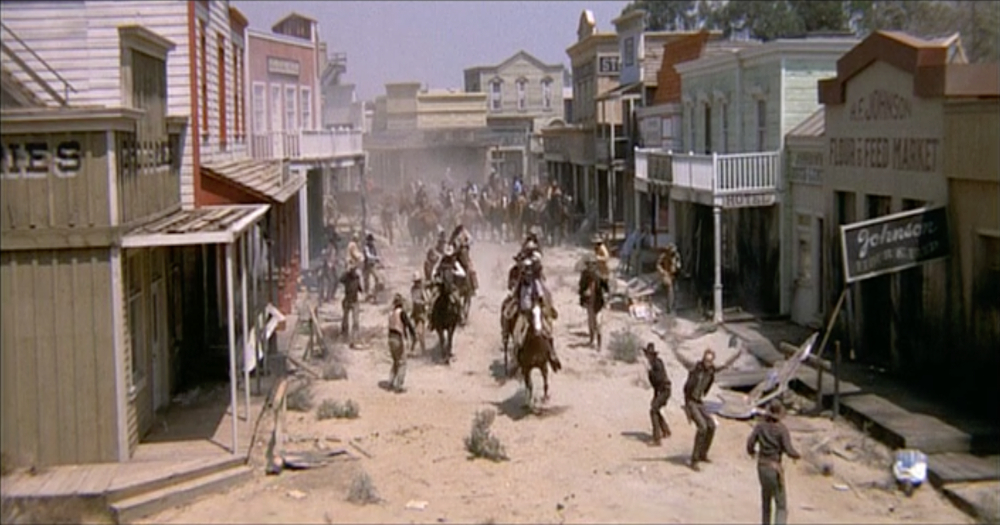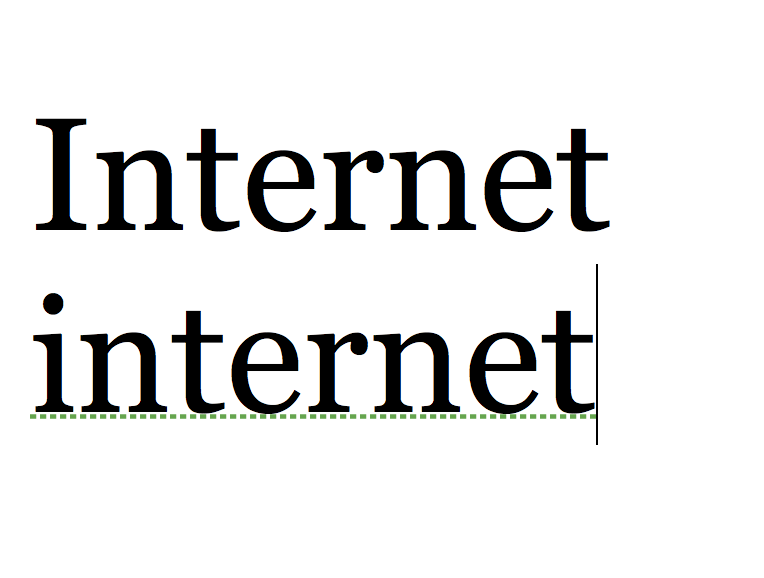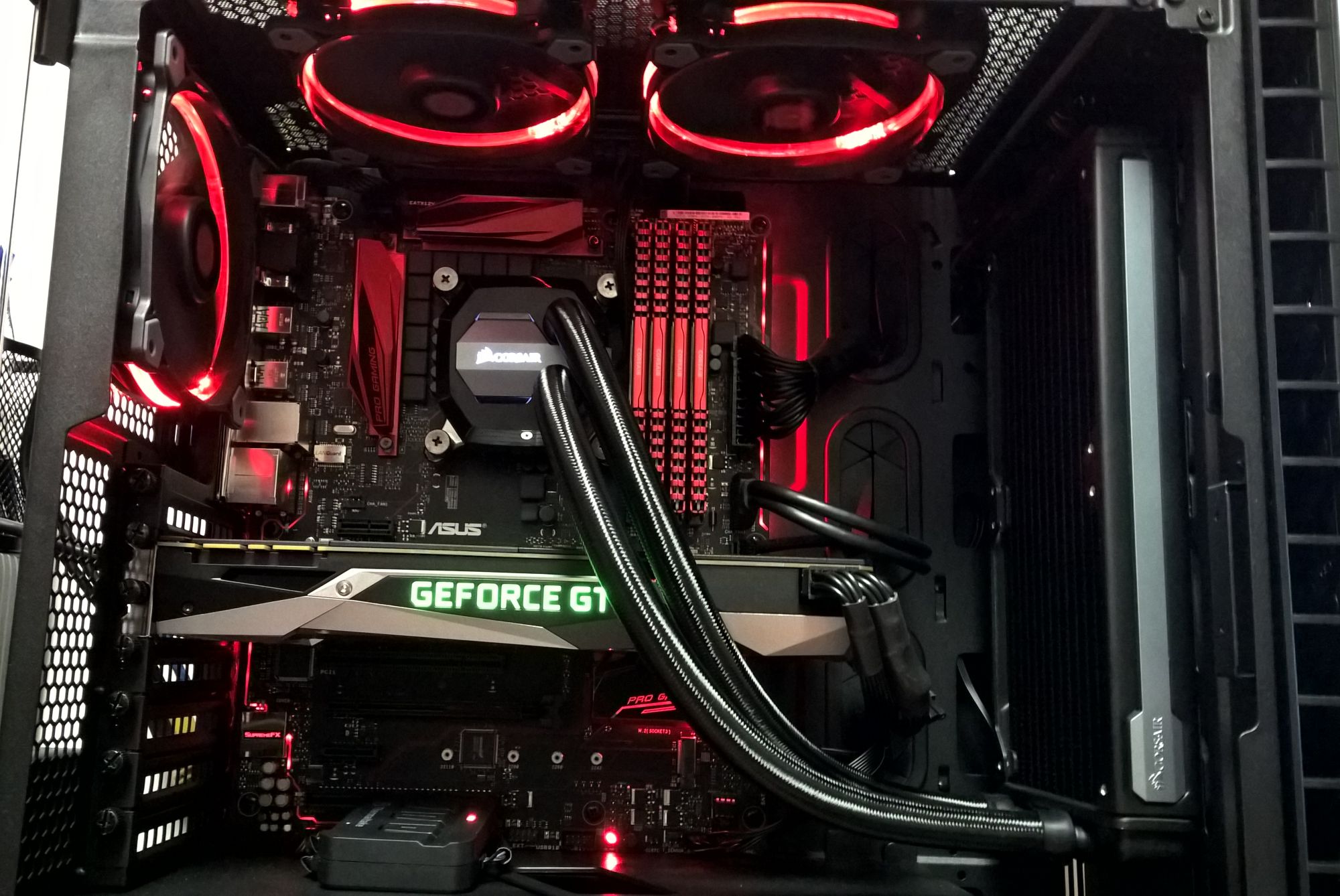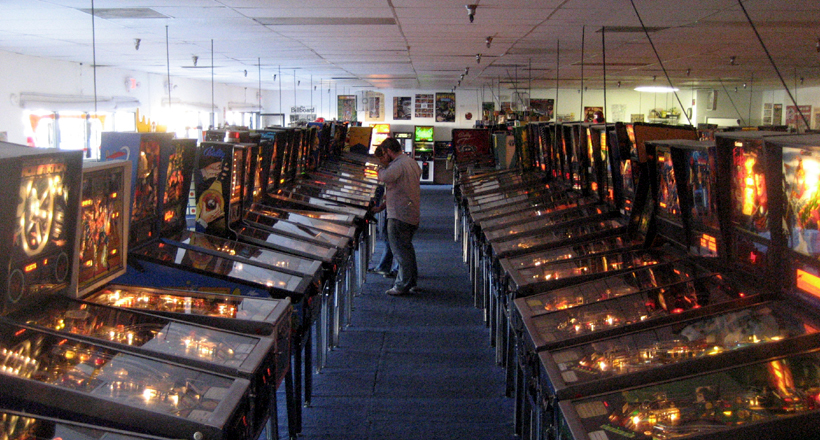Category Archives: Editorial
Today I am sad (over a phone)

It finally happened, and how bittersweet it was. After having been a champion for Windows phone and the potential it had, and as a rebuke to the cult of Mac and unquestioning expansion of Android, it was finally time to say goodbye and put my beloved Nokia Lumia (that’s right – it’s an original Nokia phone from before the Microsoft buyout) out to pasture and become an Android myself. Hello Galaxy Note 5.
The Lumia still worked, sort of, but it was starting to experience freeze-ups in both the hard buttons and the screen. Additionally, the quality of the images taken with its camera, once ranked as the best phone camera in existence as you can see with the picture of my parent’s back yard below, were not as high quality as they once were, and let’s face it – although I’m not an app junkie, the app selection is anemic at best.
This is why we can’t have nice things

As you can see in my previous post, I have a new PC in the office. This involves logging back in to all my accounts and setting things up just the way I like them, which can take a significant amount of time if you happen to be particular about it, which I am.
One of the things I did was copy my music library over to the second hard drive so i can have access to it here. I don’t use it all that much, I tend to rely on YouTube more often (although I’m not sure why when I have local copies), but that’s how it is.
Anyway, I decided to fire up Groove, a service I have never used before as that is what Windows 10 wanted my music player to be, and as I was scrolling through my list I found the late, great John Denver’s hit “Country Roads, Take Me Home.”
That sounded good, so I fired it up. Except I couldn’t play the song, and Bam! I was hit in the face with why I don’t like digital distribution and have gone so far as to set up my own personal Netflix. To explain what happened, have a look at this picture:
This is so very strange

I recently built a new PC, and decided I wanted some flash to go along with it. I put in a motherboard and fans that have some LED elements, and kept the inside to a generally red theme. The nice thing is, the fans are RGB so I can switch them to any color I want, or even have them cycle through colors. No functional application, but nifty to look at.
I’ll be doing a video walkthrough of it soon, but here’s a picture to hold you over until then. And yes, that’s a reference GeForce 1080. It’s by Zotac, a brand I’ve never dealt with before, but it seems to be doing fine so far. Of course, it’s only an office machine.
Enjoy the Internet while you can

This has been in the cards for a long time, but ICANN, the Los Angeles-based organization that has its fingers in many aspects of how the Web operates, will no longer be managed by the United States, but – according to this article in the Washington Post – by “an international body made up of technologists, businesses, governments and public interest advocates.”
This is a mistake. While I don’t have an inherent problem with a nebulous international body overseeing the continued development of the operation of the Web, what I DO have a problem with is that this will allow oppressive regimes who have no interest in freedom of expression or the open standards and ideas that the Web is built upon, and they could very well turn back the Internet clock, as it were.
I’m not being facetious when I say this could change the way the Web works forever. It could cease being the glorious, anachronistic Wild West that it always has been, and instead be regulated according to the demands of those who wish to stifle it and the free exchange of information it represents. Some governments, who have expended huge amounts of money and effort to limit what their citizens can see on the Internet, have been salivating over this moment for decades; we can all imagine why.
You’ll notice on page six of the transition assessment (.pdf here) states “This model encourages all parties—including businesses, technical experts, civil society, and governments—to participate and to reach consensus through a bottom-up process.” The problem is, governments will have ultimate decision-making capabilities and will overrule other stakeholders. I’m astounded there is not more attention being paid to this, or that the news isn’t covering it and, frankly, that people aren’t rioting. If they’re so willing to riot over the G20, which is *also* a multinational gathering – why not this? We should be very careful about who has influence over the future growth of the Web.
So enjoy the Web while you can, it could be changing soon.
Designer Prosthetics

Everyone who knows me knows I’m big on design, a proponent of the interdependence of form and function. Strict utilitarianism just doesn’t move me, or anyone else for that matter. Working well and looking good are not mutually exclusive, and if something achieves both goals then that’s a triumph of both form and function.
Now, we’re seeing design principles applied to the development of prosthetics, and it absolutely beautiful. The latest example I’d like to present is form a company called Open Bionics, who is making prosthetics that are not only especially functional, but easy on the eyes as well.
We can even bypass the neat prosthetics they make for kids that are modeled after superheroes or movie characters. You can see in the image below they have designs from Iron Man, Disney’s Frozen, and Star Wars. What’s really significant about designs like these is not that the designs themselves or even that they can be applied in such an interesting way, but that kids who are missing a limb are no longer the target of teasing or ridicule because of their condition, but rather a source of interest and awe, perhaps even some envy of the other kids. How the times have changed!
The 191 Spring student showcase

So what have I been doing since my last post? Well I’ll tell you.
I taught a 2-quarter capstone course, 191, in which students formed groups and were partnered with a sponsor company or organization that needed something technical done. For the next twenty weeks, the groups would meet both with each other and their partner companies, strategize, hash out details, technical specs, scope, time, and everything else involved in a project.
I should also say they did fantastic work. From a project that streams live data from sensors attached to industrial equipment through the cloud to a mobile app, to a project creating a VR marketplace, to a project that connects isolated seniors with volunteers, and many others, they all did outstanding work. I told them many times how impressed I was with their progress and how proud I was of their overcoming challenges and obstacles to create great projects, and I meant it. Here are the teams and what they did (Obviously I’m leaving out individual names, but they know who they are!):
My experience with the HTC Vive so far

(Crossposted to theexperiencebar.com)
As anyone who reads this blog, or knows me, knows, I went nuts for VR when I tried out the HTC Vive last year. Now, I’ve had my very own Vive for about a week and can offer some opinions regarding where VR is, and where I believe it will be going.
The first thing I should mention is that just getting it was an experience. I received my original confirmation email 14 minutes after ordering, but it didn’t arrive until April 14th. Of course, I was in class that day and missed it, and since it required a signature from me (they couldn’t leave it at the front office like usual, HTC paid extra to ensure my specific signature), I had to go pick it up from the FedEx office.
Finally I got it home, a single big box, and was ready to unpack.
The end of a Vegas institution?

Back around 2012, at UNLV, I taught a course titled “The Business and Technology of the Video Game Industry.” It covered a whole lot of history, from early board games played by ancient civilizations (Go, Royal Game of Ur, Mancala, Senet), as well as the history of digital gaming from Willie Higginbotham’s Tennis for Two at Brookhaven National Laboratory, to Atari and the forming of Activision, through to today.
We also talked about pinball. We talked about its image as something rebellious, highlighted by it being the anchor of the Who’s epic movie, Tommy, and its portrayal in popular media as the cause of all evil, to the implosion of the industry against the competition of home video game systems.
On the last day of the class, we took a field trip to the Pinball Hall of Fame and Museum, a stalwart icon of Vegas, and a non-profit museum that donates hundreds of thousands of dollars annually to good causes. You could even intern there to learn the art of repairing and maintaining pinball machines. I gave everyone one dollar to be sure they could try at least one machine, but of course they were welcome to spend their life savings if they so wished. It is Vegas, after all.
The museum is a wonderful place. Sometimes dark and quiet, but often ringing with the glorious electronic sounds of pinball as well as the familiar noises of classic arcade machines, from Pac-Man to Asteroids and beyond. There’s even air hockey and some dancing puppet machines.
And a couple of days ago, I learned it may be closing for good. Owner Tim Arnold, who has repaired some of my own pinball machines including the very difficult to maintain Bride of Pinbot suffered a heart attack a few years ago and is now looking for osmeone to take over. But there are caveats, hoo boy are there caveats – you have to be able to repair the machines, and because it’s a non-profit you have to work for free.
If you were paying a million dollars a year you’d still have trouble finding someone with the skillset to repair those machines; their electro-mechanical nature and the fact that neither they nor their parts are manufactured anymore makes them very challenging to maintain.
If this closes, it will be an immeasurable loss. It is often identified as one of the best off-strip things to do in Las Vegas, and it isn’t that far away from the flashing lights, and anyway, it provides its own. Pinball itself is fast becoming a lost craft, although some companies like Stern still kick out themed machines.
If you have the opportunity, please visit before it’s gone forever. They’re hard to find, but they’re unforgettable to experience. And if by some grace of G-d you’re skilled in pinball repair and willing to work for free, well you should stop by in that case too.
Internet is capitalized!

I always hammer home to my students that the term ‘Internet’ is capitalized if you are referring to the global network we all know and love. One of my students sent me an email earlier today asking if that was still necessary, since apparently the Associated Press Stylebook will no longer make that requirement, as announced in a tweet (which is not capitalized. At least, not yet).
We will lowercase internet effective June 1, when the 2016 Stylebook launches. #ACES2016 pic.twitter.com/nGz63zc5YP
— APStylebook (@APStylebook) April 2, 2016
They are wrong. Internet is a contraction of the terms ‘interconnected’ and ‘network;’ you can have *an* internet, or you can be talking about *the* Internet. The latter is a proper noun, distinguished from other internets, and should be capitalized. It’s disheartening to see that a well-regarded guide like this is being so misguided.
Of course, they also use ‘lowercase’ as a verb, so I think it’s time to find another style guide.
And while we’re at it, ‘GIF’ is pronouned with a hard ‘G!’ It’s not peanut butter.





A small update to the site’s functionality (and learn some PHP!)
There has been so much to write about, however I have been beyond busy especially with the quarter drawing to a close. There is a showcase to plan and schedule for, and industry people will be there so I want my students to shine. From what I’ve seen, they will. On top of that I’m mentoring a group for a business competition and of course there’s the regular teaching, grading, meetings and other stuff that goes on.
Nevertheless, it had been nagging at me that the site’s comment functionality never worked quite right. I’ve been made aware of it before, so why it started to gnaw at me two weeks ago I’m not certain, but it did. What I wanted it to do was give visitors an option of commenting via WordPress login, Facebook, Twitter, or other social media accounts they may prefer rather than having to sign up specifically with WordPress. Normally on a WordPress site there is an option for this, however for whatever reason – and I never understand why WP themes do this – my theme overrode this, forcing visitors to log in through WordPress if they wanted to comment (hence one of the reasons for the dearth of comments). You can see how it should look in the header image. Luckily, the fix was beyond easy, but shows the lengths the theme designer went through to ensure a broken commenting system.
Here’s what I had to do to fix it. You aren’t going to believe it, but here we go:
WordPress uses a file called ‘comments.php’ to provide comment functionality. Here’s what my original comment.php file looked like:
<?php if ( post_password_required() ) { ?>
<p><?php _e( ‘This post is password protected. Enter the password to view any comments.’, ‘themater’ ); ?></p>
<?php return; } ?>
<?php if ( have_comments() ) { ?>
<div id=”comments”>
<h3 id=”comments-title”><?php
printf( _n( ‘One Response to %2$s’, ‘%1$s Responses to %2$s’, get_comments_number(), ‘themater’ ),
number_format_i18n( get_comments_number() ), ‘<em>’ . get_the_title() . ‘</em>’ );
?></h3>
<ol class=”commentlist”>
<?php wp_list_comments(); ?>
</ol>
<?php if ( get_comment_pages_count() > 1 ) { ?>
<div class=”navigation clearfix”>
<div class=”alignleft”><?php previous_comments_link( __( ‘<span class=”meta-nav”>←</span> Older Comments’, ‘themater’ ) ); ?></div>
<div class=”alignright”><?php next_comments_link( __( ‘Newer Comments <span class=”meta-nav”>→</span>’, ‘themater’ ) ); ?></div>
</div><!– .navigation .clearfix –>
<?php } ?>
</div><!– #comments –>
<?php } ?>
<?php comment_form(); ?>
A lot there, yes? You may be wondering if the comments functionality needs all that PHP, and the answer is no. Actually, it’s because it was all there that the comment functionality was broken in the first place. In fact, to INCREASE the functionality of the comment system and allow people to comment using any social media login they prefer, I had to make the following changes. Be sure to pay very close attention, because the change is subtle and hard to notice; see if you can see it in the new code:
<?php comment_form(); ?>
Did you see it? You may want to read through it again to be sure. I’ll wait.
So there you have it. By deleting the entirety of what was there before and only leaving the final line, full functionality was restored, the attempts at subverting the proper order of things was thwarted, and all is right with the world. Now, anyone who wants to leave a comment can do so in a way that is quick and easy, just like the code that allows it.